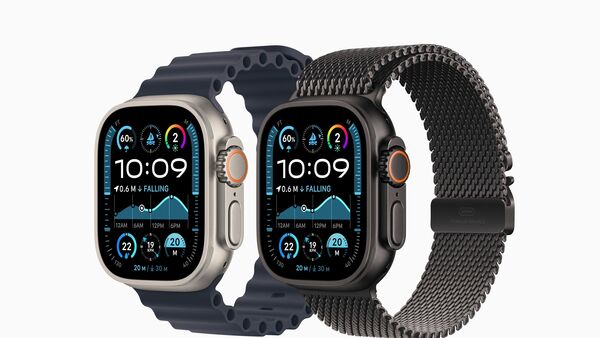Key Takeaways
- Apple Fitness+ is under internal review due to poor performance
- New leadership shift places service under health division
- Service will continue despite challenges
- Apple also developing advanced satellite features for iPhone
Apple is conducting an internal review of Apple Fitness+ as the subscription fitness service faces significant challenges with user retention and revenue generation. According to Bloomberg’s Mark Gurman, the platform remains one of Apple’s weakest digital offerings, prompting a major reassessment of its future direction.
Why Apple Fitness+ Isn’t Being Shut Down
Despite its struggles, Apple Fitness+ maintains a dedicated user base and is relatively inexpensive to operate. The company reportedly wants to avoid negative publicity that would come from discontinuing the service. Launched in 2020, the platform offers ad-free guided workouts including yoga, strength training, and HIIT for $9.99 monthly or as part of the Apple One Premier bundle.
Leadership Shake-up and New Direction
In a significant organizational change, Apple is placing Fitness+ under new leadership with Dr. Sumbul Desai, Apple’s vice president of health, taking charge. The service will now operate under the broader health division and report directly to Eddy Cue, Apple’s senior vice president of services. This restructuring is expected to bring increased accountability and performance pressure to revitalize the platform.
Apple’s Parallel Satellite Innovation
Alongside the Fitness+ overhaul, Apple is developing five new satellite-based features for future iPhones. The company is creating an API to allow third-party developers to integrate satellite connectivity into their apps, though implementation will depend on developer participation.
Future Apple Maps versions may enable navigation without Wi-Fi or cellular data using satellite connections. The company is also exploring enhanced satellite messaging that would support photo transmission beyond just text.
Most notably, Apple aims to overcome the current requirement for devices to face the sky when using satellite functions. Next-generation iPhones may maintain satellite connections even when in pockets, vehicles, or indoors, representing a major usability advancement.





